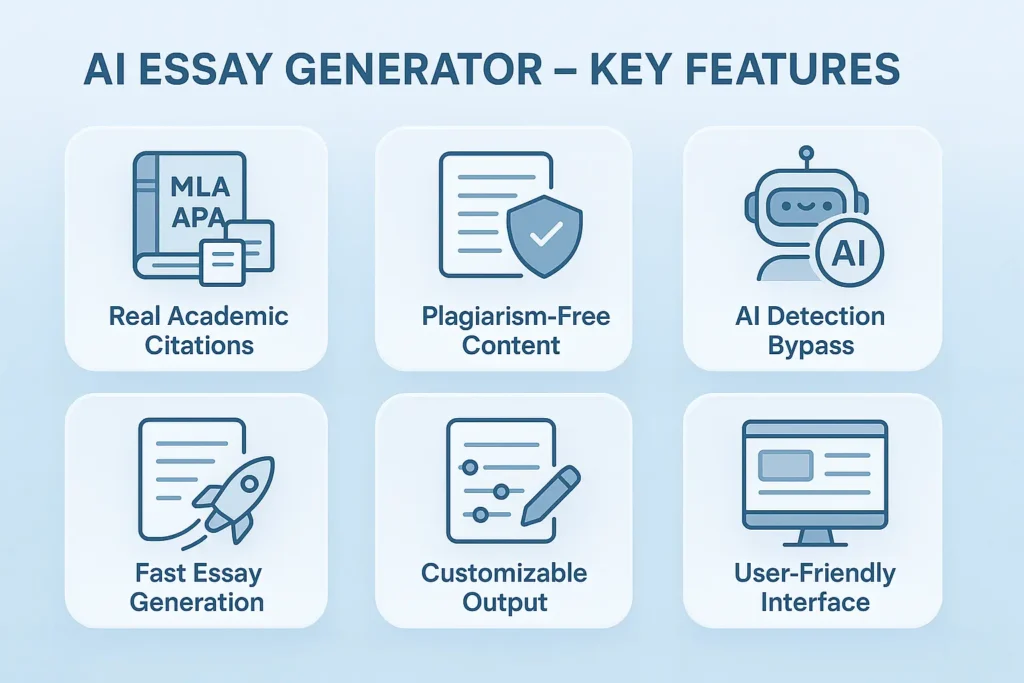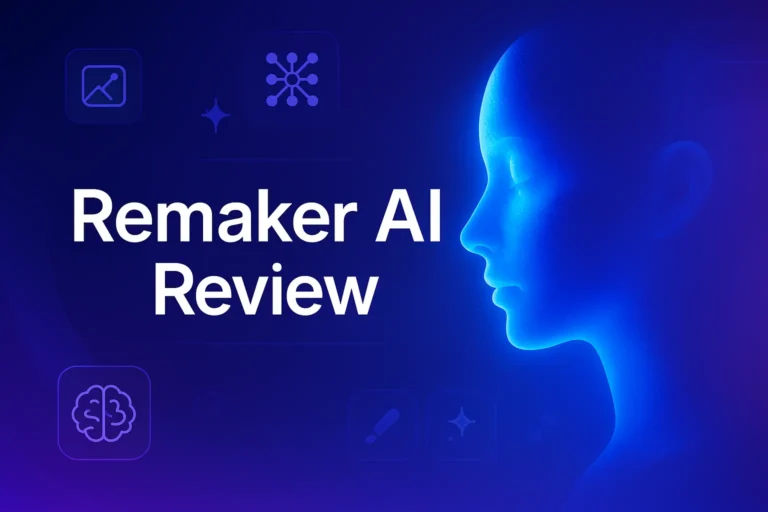Writeless AI Review: Is It the Right Writing Assistant for You
In the fast-paced world of academic writing, students and researchers often seek tools to streamline their workflow while maintaining quality and integrity.
Enter Writeless AI, an innovative AI-powered essay writing assistant designed to generate high-quality, plagiarism-free essays complete with accurate academic citations in formats like APA, MLA, and Chicago.
But is Writeless AI the ultimate solution for your academic writing needs? In this comprehensive review, we’ll dive deep into its features, pros, cons, pricing, and real-world performance to help you decide if it’s the right tool for you.
What Is Writeless?
Writeless AI is a specialized writing tool tailored for students, researchers, and academic professionals who need well-structured essays and research papers quickly.
Unlike general-purpose AI writing tools, Writeless focuses exclusively on academic writing, offering features like real-time academic citations, plagiarism-free content, and an AI detection bypass to ensure essays appear human-written.
With a user-friendly interface and a freemium model, it aims to save time while adhering to academic standards.
Key Features of Writeless AI
Writeless AI stands out for its academic-focused functionality. Here are its core features:

How Does Writeless AI Work?
Using Writeless AI is straightforward, making it ideal for those with tight deadlines. Here’s a step-by-step breakdown of the process:
- Enter Your Topic: Input your essay prompt or topic, being as specific as possible to guide the AI.
- Select Preferences: Choose the essay type (e.g., argumentative, literature review), citation style, and word count.
- Generate the Essay: Click “Generate” to receive a draft with in-text citations and a reference list.
- Edit and Refine: Review the output, make edits for personalization, and use the built-in AI detector or paraphraser to enhance authenticity.
- Download: Export the final essay for submission.
This streamlined process is designed to save hours on research and writing, but does it deliver on quality? Let’s explore its performance in real-world scenarios.
Pros and Cons of Writeless AI
Pros:
Writeless AI has garnered praise for its efficiency and academic focus. Here are the key advantages:
Cons:
While Writeless AI excels in many areas, it’s not without flaws. Here are the main drawbacks:
Real-World Example
A Master’s student used Writeless AI to draft a 5,000-word literature review on environmental policy. The tool generated a well-structured essay with 10 accurate APA citations in under 20 minutes. After minor edits to add personal insights, the student submitted the paper and received an A grade, saving over 10 hours of work.
Case Study: A Mixed Experience
A Reddit user tested Writeless AI for a niche topic in quantum physics. While the tool produced a draft quickly, the content lacked depth and required significant revisions to meet academic standards. The user appreciated the citations but noted that manual research was still necessary for accuracy.
Pricing and Plans
Writeless AI offers a freemium model to suit different budgets:
| Plan | Features | Price |
| Free Plan | 500 words, 5 citations, basic essay tools | Free |
| Monthly Plan | Unlimited essays, up to 20,000 words, 20 citations, AI detection bypass | $9.99/month |
| Annual Plan | Same as monthly, with cost savings | ~$99.88/year |
Note: Pricing may vary; check the official Writeless AI website for the latest details.
The free plan is ideal for testing, but the paid plans unlock advanced features like longer essays and priority support. However, some users have reported issues with account access after subscribing, so proceed with caution.
How Writeless AI Compares to Alternatives
To determine if Writeless AI is the right choice, let’s compare it to other popular AI writing tools:
| Tool | Best For | Pros | Cons |
| Writeless AI | Academic essays | Real citations, plagiarism-free | Limited to academic writing, generic output |
| Jenni AI | Academic and research writing | Collaborative features, research focus | Less emphasis on citation automation |
| Paperpal | Academic editing and polishing | Advanced grammar checks, plagiarism | Not a full essay generator |
| QuillBot | Paraphrasing and grammar checking | Affordable, versatile | Limited citation support |
Writeless AI shines for its citation accuracy and academic focus but falls short in versatility compared to tools like QuillBot, which supports broader writing needs.
Who Should Use Writeless AI?
Writeless AI is best suited for:
However, it may not be ideal for:
Tips for Getting the Most Out of Writeless AI
To maximize Writeless AI’s potential, follow these best practices:
- Be Specific with Prompts: Provide detailed instructions to ensure the output aligns with your needs.
- Use the Paraphraser: Enhance authenticity by running the draft through the built-in paraphrasing tool.
- Review Citations: Double-check sources for relevance, especially for niche topics.
- Add Personal Touches: Edit the output to reflect your unique voice and avoid generic content.
- Combine with Manual Research: Use Writeless AI as a starting point, not a replacement for critical thinking.
Real-World Performance: Statistics and User Feedback
According to user reviews, Writeless AI reduces research and writing time by up to 70%, with some completing thesis chapters in hours instead of weeks. Over 1 million students reportedly trust the tool for its speed and citation accuracy. However, a Reddit thread highlighted mixed experiences, with 33% of users noting issues with niche topics and customer support.
SEO Optimization and Writeless AI
For those using Writeless AI to create content for academic blogs or websites, its output can be SEO-friendly with some tweaks. The tool’s structured essays can serve as a foundation for long-form content, but you’ll need to:
For more insights on SEO writing, check out resources like Moz’s SEO Guide.
You can explore a full breakdown of its capabilities in this Remaker AI review to see how it stands out among creative AI tools. It’s a helpful guide for understanding its real-world uses.
FAQs:
Conclusion: Is Writeless AI Worth It?
Writeless AI is a powerful ally for students and researchers seeking to streamline academic writing. Its ability to generate plagiarism-free essays with accurate citations in minutes is a game-changer, especially for those with tight deadlines.
However, its limitations generic content, struggles with niche topics, and occasional customer support issues, mean it’s not a one-size-fits-all solution. By using it as a starting point and adding personal edits, you can leverage its strengths while mitigating its weaknesses.





